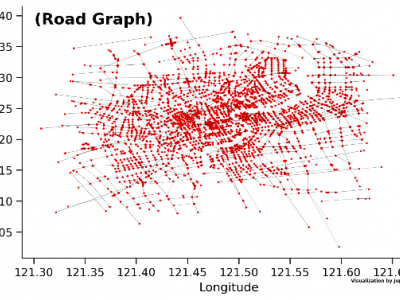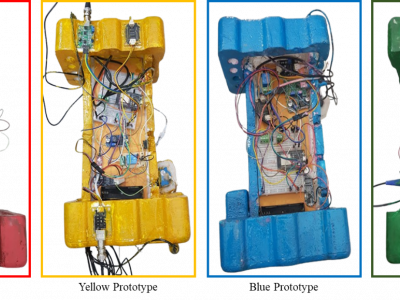*.csv

This data reflects the prevalence and adoption of smart devices. The experimental setup to generate the IDSIoT2024 dataset is based on an IoT network configuration consisting of seven smart devices, each contributing to a diverse representation of IoT devices. These include a smartwatch, smartphone, surveillance camera, smart vacuum and mop robot, laptop, smart TV, and smart light. Among these, the laptop serves a dual purpose within the network.
- Categories:
 1820 Views
1820 ViewsThis dataset focuses on the redevelopment and psychometric evaluation of the Adversity Response Profile for Indian Higher Education Institution (ARP-IHEI) students, emphasizing its importance in understanding how individuals respond to adversity. The data were gathered from a sample of 122 second year students at school of computing, MIT Art, Design and Technology University. The psychometric properties were rigorously examined using factor analysis.
- Categories:
 67 Views
67 Views
The rise in Generative Artificial Intelligence technology through applications like ChatGPT has increased awareness about the presence of biases within machine learning models themselves. The data that Large Language Models (LLMs) are trained upon contain inherent biases as they reflect societal biases and stereotypes. This can lead to the further propagation of biases. In this paper, I establish a baseline measurement of the gender and racial bias within the domains of crime and employment across major LLMs using “ground truth” data published by the U.S.
- Categories:
 416 Views
416 Views
This database is from a family of studies about the user-perceived quality and functional suitability of DEMO's Process and Fact Models. It includes three different samples. Sample 1 consists of the results from a group of professionals within the urban appraisal area. Sample 2 consists of the results from a group of health professionals. Finally, Sample 3 includes the results from a group of students trained in the DEMO standard.
- Categories:
 64 Views
64 Views
Recently, contactless hand biometrics authentication has become increasingly popular among biometric researchers. These systems offer several advantages over traditional hand identification systems, including ease of capture and affordability, as they do not require the user’s hand to make direct contact with the sensor.
The Mobile Hand Biometrics (MHB) dataset includes images of fingerprint, palmprint, and hand geometry. These images are captured with a mobile camera without any physical contact, with no lighting conditions, and in free positions.
- Categories:
 178 Views
178 ViewsThe SH_traffic dataset presents comprehensive traffic speed data for the Shanghai urban area, collected over a period from January 25, 2022, to February 9, 2022. The dataset encompasses a square area of 900 km² and consists of 4,500 graph nodes representing road intersections across the city. The dataset includes traffic speed information recorded at regular intervals, along with related data such as geographical entity attributes and relationships between entities within the road network.
- Categories:
 135 Views
135 Views
- Categories:
 131 Views
131 ViewsBangladesh's aquaculture industry provides employment and food security. However, water quality management, disease control, and environmental monitoring continue to hinder aquaculture productivity and sustainability. This research uses IoT devices to create a comprehensive aqua fisheries dataset to solve these issues.The project uses IoT sensors and data collection methods to monitor water temperature, pH, dissolved oxygen, and turbidity in Bangladeshi aquaculture ponds.
- Categories:
 460 Views
460 Views
The sudden shift from physical office location to a fully remote or hybrid work model accelerated by the COVID-19 pandemic is a phenomenon that changed how organizations traditionally operated and thereby introduced new vulnerabilities and consequently changed the cyber threat landscape. This has led organizations around the globe to seek new approaches to protect their enterprise network. One such approach is the adoption of the Zero Trust security approach due to its many advantages over the traditional/perimeter security approach.
- Categories:
 615 Views
615 Views

